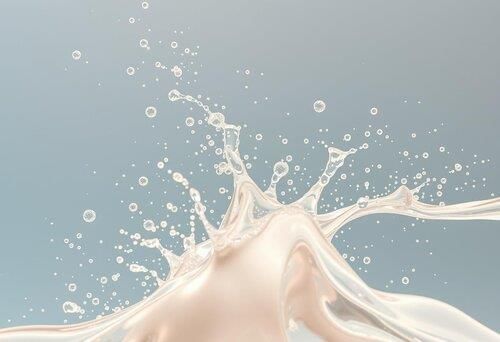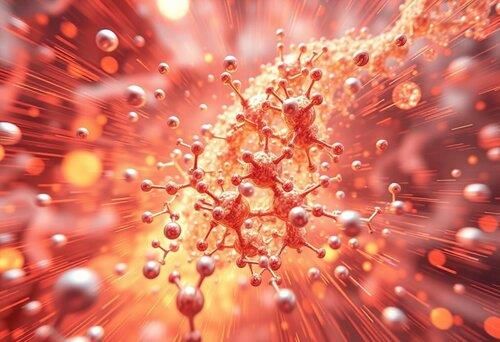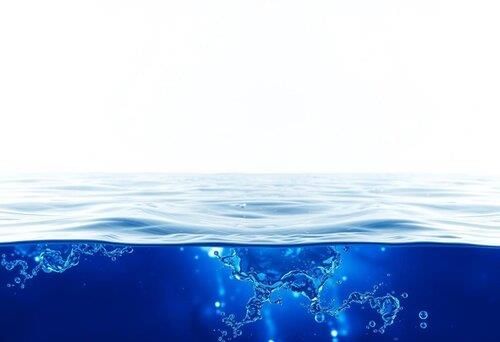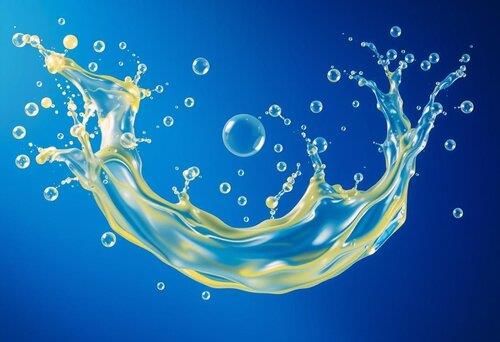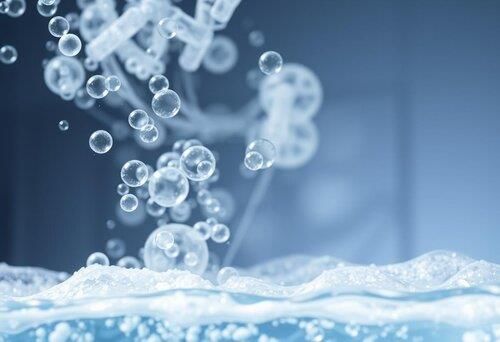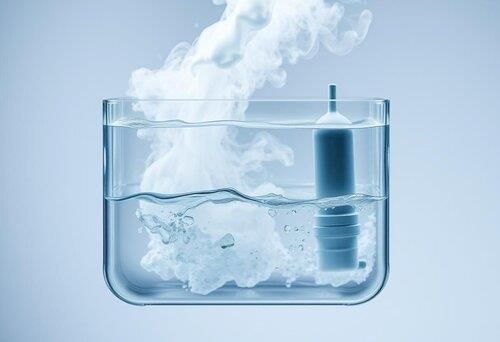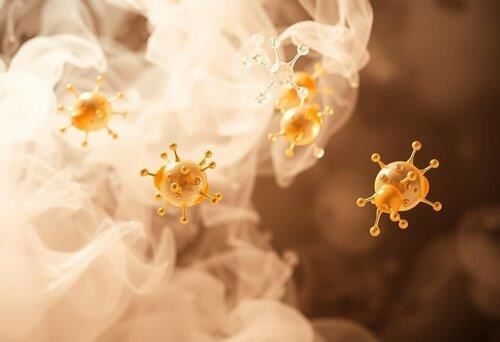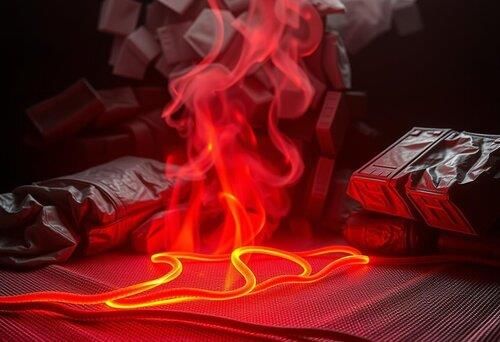|
What is the Particle Kinetic Model of Matter (PKMM) and how does it explain the melting and boiling points of materials? |
Card: 1 / 50 |
|
Particle Kinetic Model explains phase changes.
|
Card: 2 / 50 |
|
Fill in the blank: When a solid heats up, its particles vibrate faster and eventually break free from their ordered ___ structure to become a liquid. |
Card: 3 / 50 |
|
True or False: All particles in a solid remain completely motionless until they are heated. |
Card: 5 / 50 |
|
Riddle: I can turn from solid to liquid with warmth, my particles slide and dance, breaking free from their form. What am I? |
Card: 7 / 50 |
|
What factors influence the boiling point of a material, particularly at different altitudes? |
Card: 9 / 50 |
|
Boiling point is altitude dependent.
|
Card: 10 / 50 |
|
When a material is heated, the kinetic energy of its particles increases, causing them to vibrate or move faster. |
Card: 12 / 50 |
|
Fill in the blank: Zinc melts at ___ °C due to its weaker attractive forces between particles. |
Card: 13 / 50 |
|
True or False: The temperature of a material is a direct measure of the heat content within the particles. |
Card: 15 / 50 |
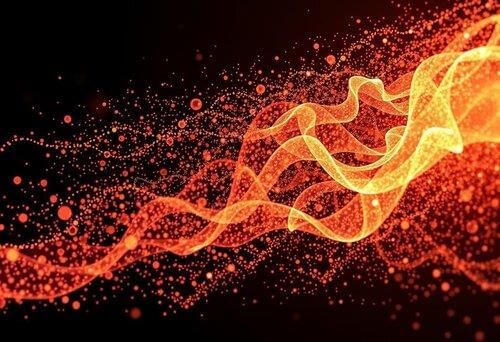 False. The temperature reflects the average kinetic energy of the particles, not the heat content. |
Card: 16 / 50 |
|
What is the process called when surface molecules of a liquid gain enough energy to escape into the air? |
Card: 17 / 50 |
|
Riddle: I am a process where bubbles form and rise, creating a dance in the liquid before bursting. What am I? |
Card: 19 / 50 |
|
Copper has a higher melting point than zinc.
|
Card: 22 / 50 |
|
Fill in the blank: A liquid boils when its particles move fast enough to create vapor bubbles with pressure equal to the ___ pressure on the liquid’s surface. |
Card: 23 / 50 |
 Unlock all Flashcards with EduRev Infinity Plan Starting from @ ₹99 only
|
|
Atmospheric pressure pushes down on the surface of the liquid, making it harder for molecules to escape, thus affecting the boiling point. |
Card: 26 / 50 |
|
Boiling involves particle movement and pressure.
|
Card: 28 / 50 |
|
Liquid boils when heated.
|
Card: 30 / 50 |
|
What happens to the temperature of boiling water during the boiling process, and why does this occur? |
Card: 31 / 50 |
|
Boiling water temperature remains constant.
|
Card: 32 / 50 |
|
Boiling points of water depend on altitude because ___ affects atmospheric pressure. |
Card: 33 / 50 |
|
Boiling points depend on altitude.
|
Card: 34 / 50 |
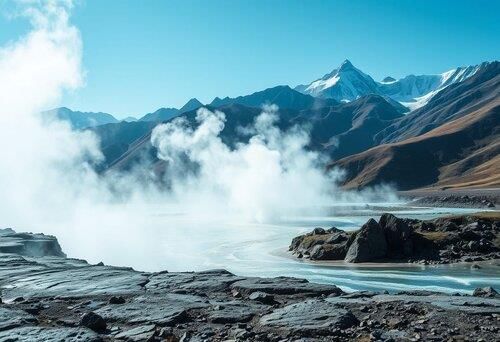 False. Water boils at lower temperatures at higher altitudes due to decreased atmospheric pressure. |
Card: 36 / 50 |
|
Fill in the blank: In sealed systems like car radiators, increased pressure ___ the boiling point of water. |
Card: 37 / 50 |
|
Riddle: I am a process where the fastest molecules escape, keeping my surroundings at the same temperature. What am I? |
Card: 39 / 50 |
|
How does atmospheric pressure influence the boiling point of water at high altitudes? |
Card: 43 / 50 |
|
Atmospheric pressure lowers boiling point.
|
Card: 44 / 50 |
|
What is the consequence of boiling water at a high altitude, such as on a mountain? |
Card: 45 / 50 |
|
Water boils at lower temperature.
|
Card: 46 / 50 |
|
What is the primary mechanism of heat transfer that involves particle vibrations in a material? |
Card: 47 / 50 |
|
Conduction is the primary mechanism of heat transfer that involves particle vibrations in a material. |
Card: 48 / 50 |
|
Thermal conductors are materials that transfer heat energy ___ from a hot region to a colder one. |
Card: 49 / 50 |





